Eighty MBAs learned to direct AI like they direct people. Here’s how it went.

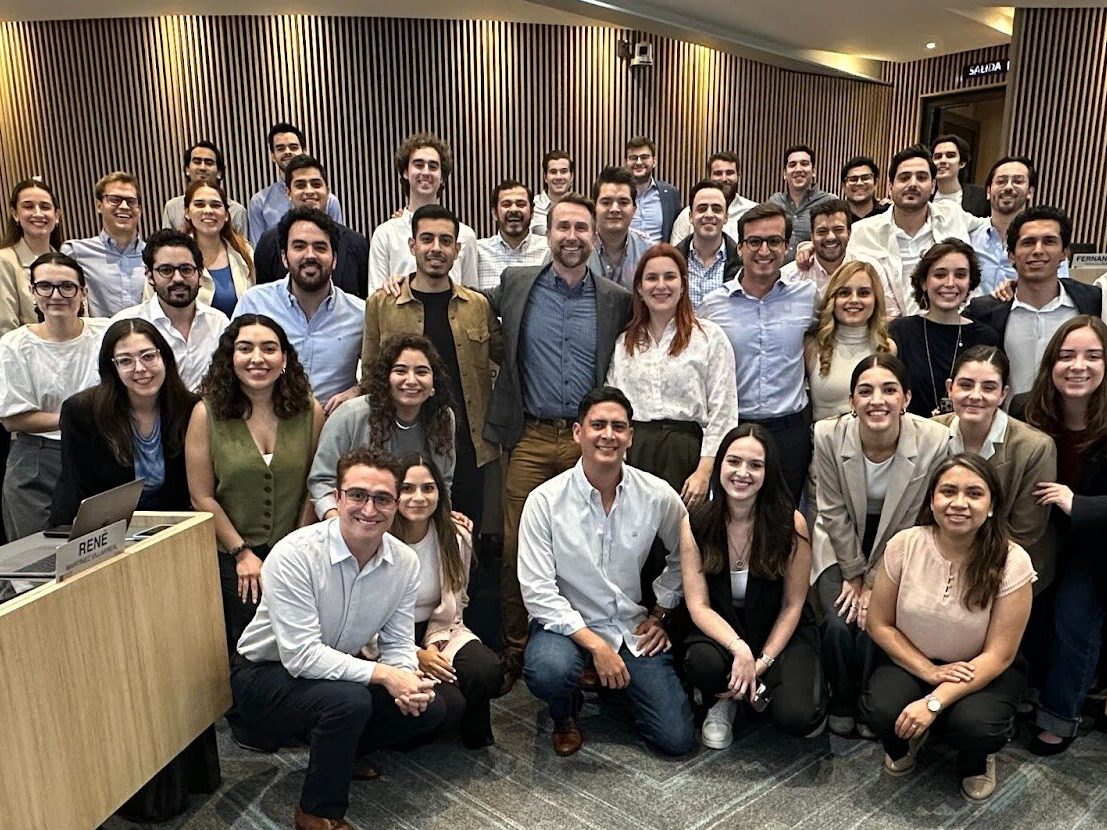
By Cam Houser—entrepreneur and AI education program designer who has built programs for Apple, the U.S. State Department, and now the top business school in Latin America: IPADE.
The Results at IPADE
- 80 MBAs across two campuses
- Six intensive sessions over one week
- 100+ real AI prompts shared and analyzed
- 5 working prototypes—including a booking app and a combinatoric word game—built by non-technical students
- 92% reported higher confidence leading AI-enabled teams
MBA students already prompt ChatGPT for cover letters, Claude for summaries, and Perplexity for research—usually without guidance. What they rarely get is a structured environment that turns those ad‑hoc hacks into leadership drills.
Picture ChatGPT projected on a jumbo screen. A sales guy crafts a prompt while forty peers workshop every word—its phrasing, its hidden assumptions, whether the AI will misinterpret the goal. Each prompt becomes a live drill in AI‑powered leadership. That doesn’t happen in a typical business school. But it happened at IPADE, Mexico’s leading MBA program, during a live experiment I designed: AI Innovation Week.
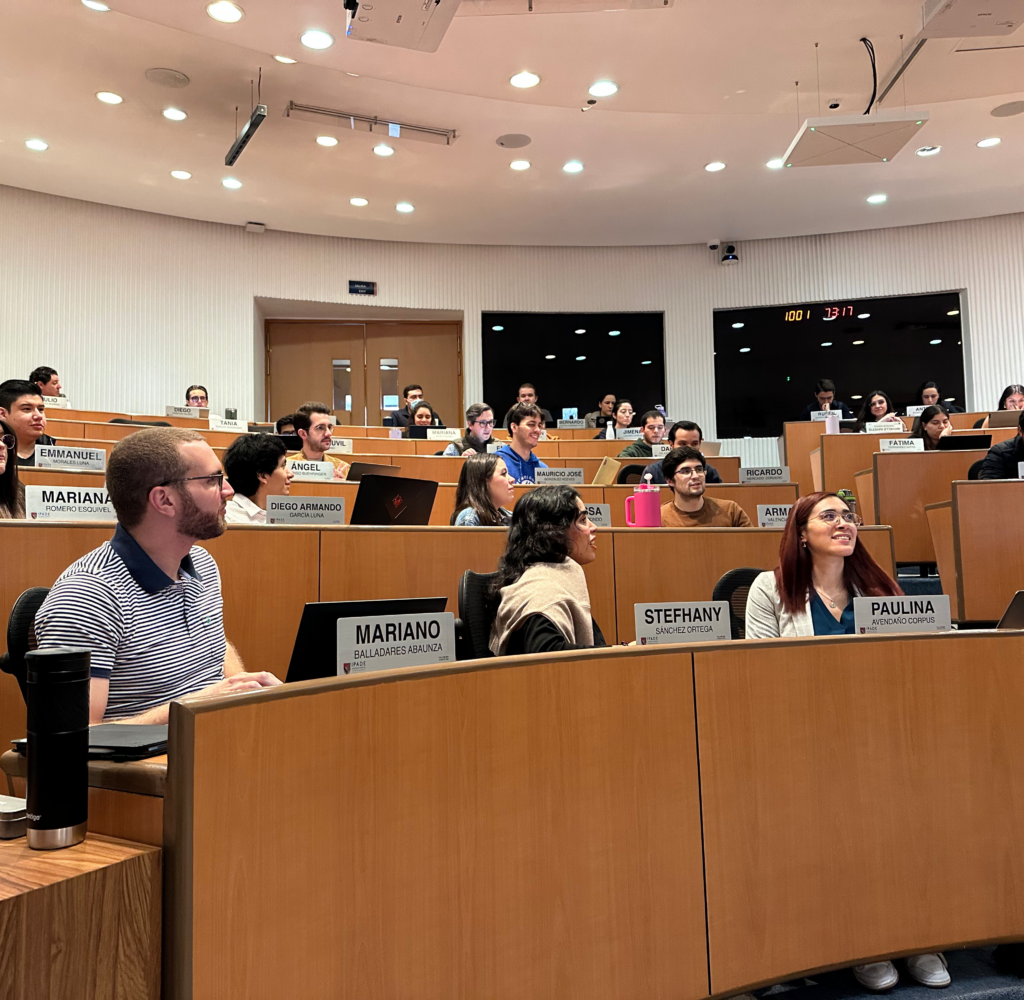
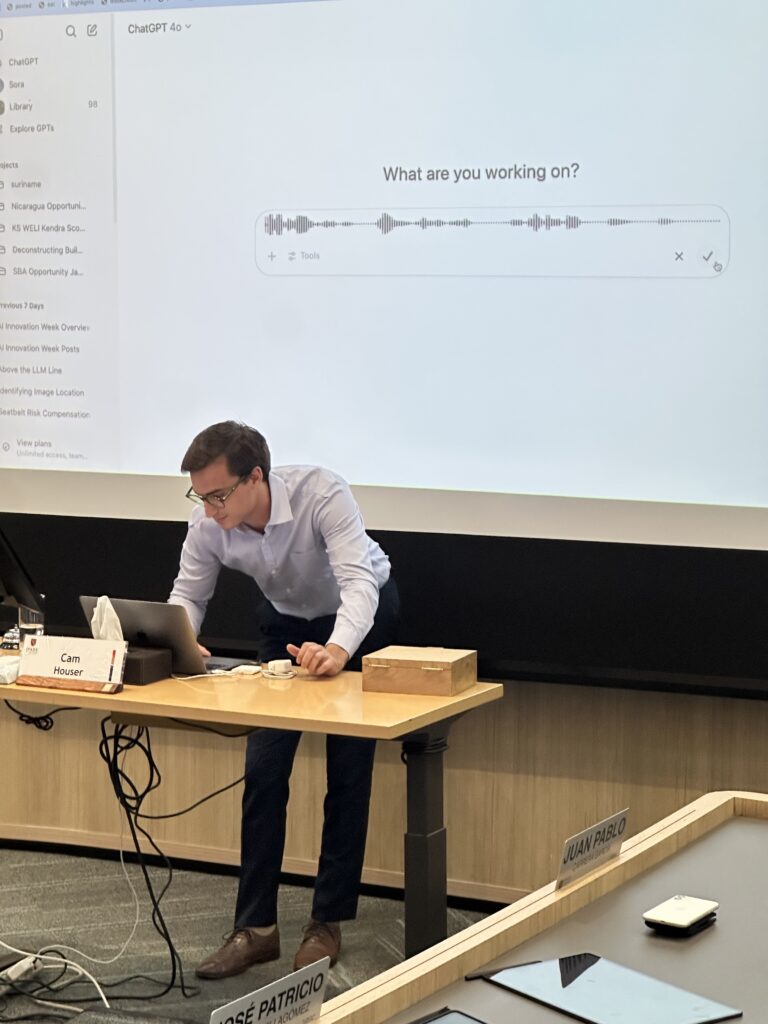
I built the program around a simple, uncomfortable truth: tomorrow’s leaders won’t just manage people. They’ll direct AIs—and the professionals who treat those AIs as a second brain. Managing both groups draws on the same muscles, but in different proportions. Here’s how we trained IPADE’s MBAs to flex those muscles fast.
Why I Built It—and Why IPADE Said Yes
I know AI skills are crucial because a co-founder and I built an AI product in 2019—an early wrapper that fine-tuned GPT-2 on Paul Graham essays to coach founders on clear thinking and writing. The idea was sound; the timing wasn’t. When ChatGPT arrived two years later our prototype was obsolete overnight. AI tools change fast; to be a good leader will always require discernment, judgment, and adaptability. IPADE wanted those durable skills for its MBAs, so we designed a program around them.
Inside AI Innovation Week
Day 1: Allocation Economy and Prompt-Engineering Show-and-Tell
We opened with Dan Shipper’s allocation‑economy thesis: future leaders will supervise fleets of digital labor the way today’s managers oversee people. Students debated what that shift means for incentives, performance reviews, and org charts.
AI agents don’t need onboarding, pay raises, or office culture. Yet they can deliver ten distinct takes on a deliverable in less than a minute—something no human team can match. That reframes leadership: when execution becomes cheap and infinite, discernment becomes the bottleneck.
In the afternoon the lecture hall turned into a workshop. Teams drafted prompts for live business tasks—pricing memos, sales funnels—then invited the room to refine wording, guardrails, and success metrics before anyone hit submit. Watching a prompt sharpen in real time through spirited debate made quality visible and turned critical thinking into a competitive sport.
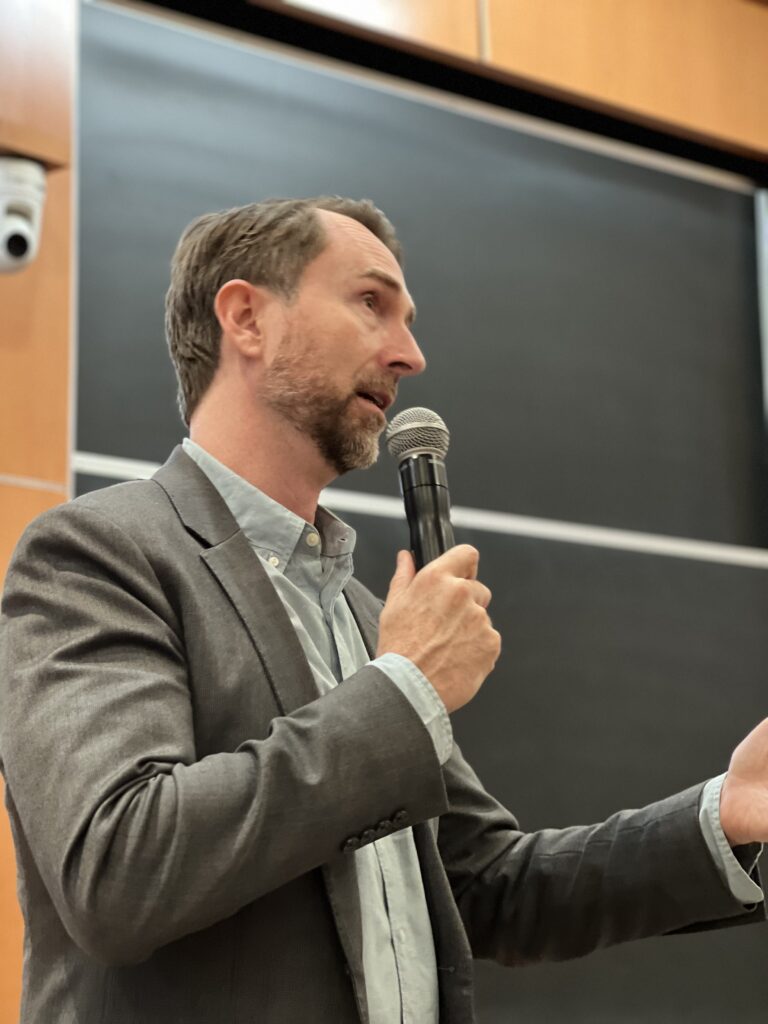
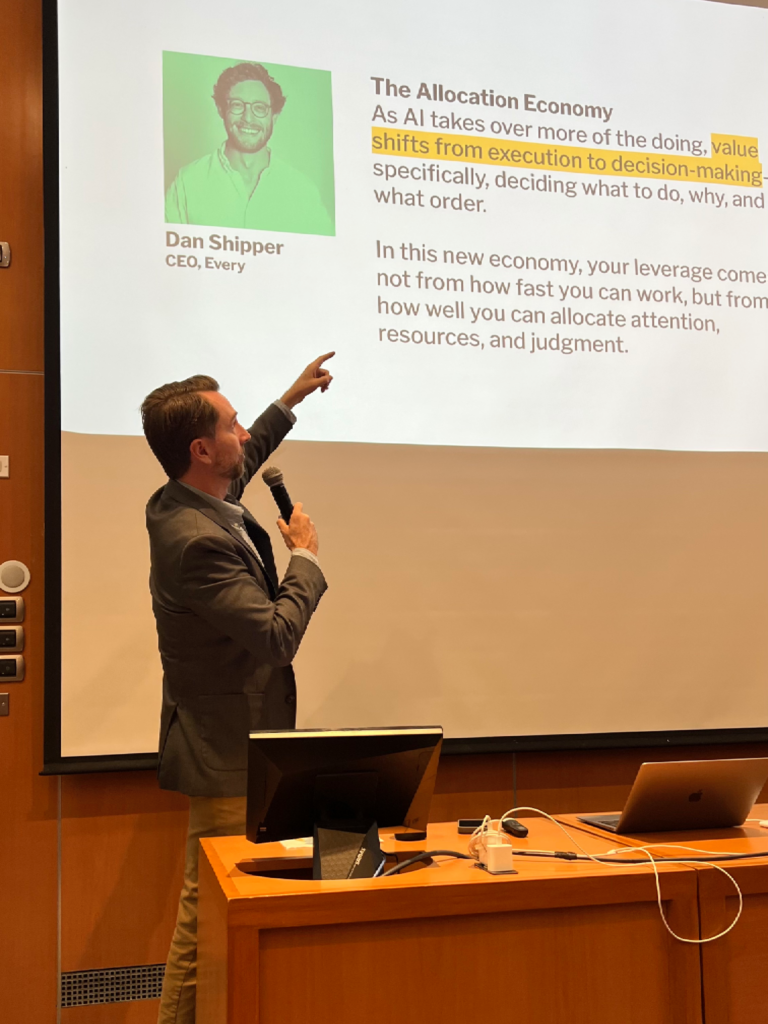
Day 2: Outreach in the Age of AI and Vibe-Coding Sprints
We began with a hard look at the “AI‑slop” era—content farms, dead‑internet theory, and why genuine outreach is becoming a super‑power. Students dissected cold DMs, rewrote subject lines, and ran lightning audits of LinkedIn profiles: if your message lands, your profile is the next test.
The afternoon belonged to vibe coding. With tools like Replit, Windsurf, Cursor, and Bolt, we pushed half‑baked ideas to functional prototypes. A finance student with zero coding background prompted a combinatoric word‑game generator; another group spun up a nail‑salon scheduler that books, charges, and texts reminders—no traditional developer required. The cascade of oohs and aahs said it all: watching an idea become an interface in minutes shifts months-long timelines to weeks.
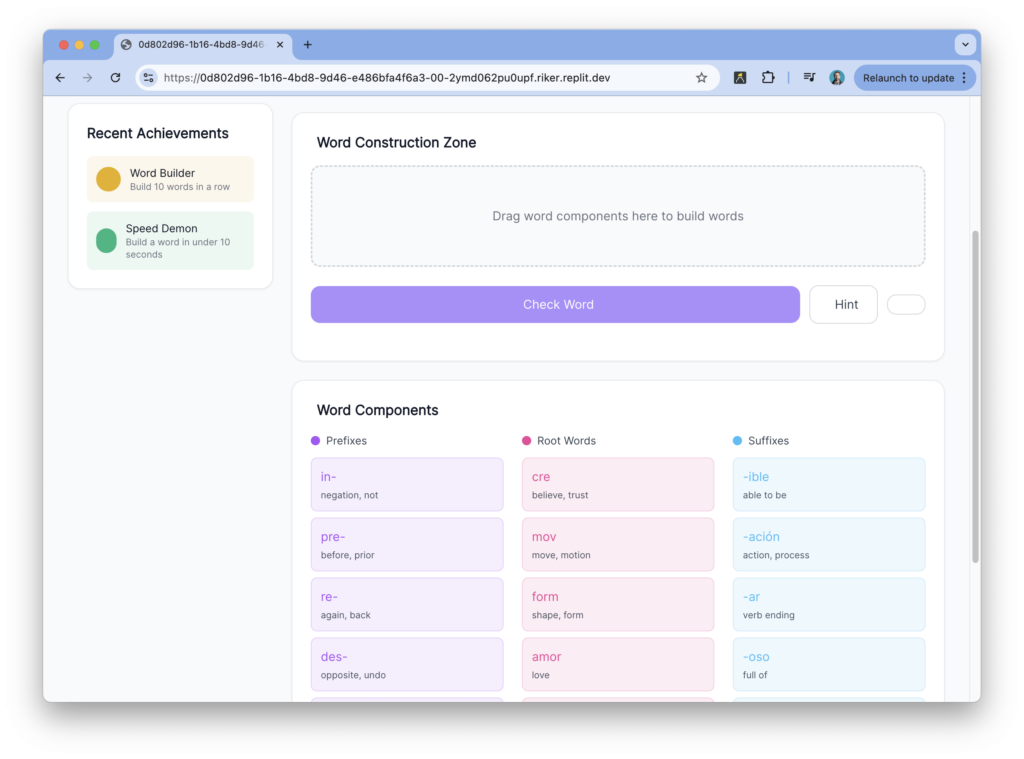

Day 3: Discernment Drills: Evaluating the Most Valuable Outputs
This day focused on the highest-leverage skill in the AI era: discernment. When a language model gives you ten plausible answers, the real challenge isn’t generating—it’s choosing.
In rapid-fire drills, students worked through ambiguous prompts, surfaced multiple solutions, stress-tested each against real-world constraints, and defended their final picks. But beneath the answers was a deeper question: Were we even solving the right problem?
In the startup world, a brilliant team attacking the wrong market still loses—while a decent team in the right market often wins. The same is true with AI. A sloppy prompt targeting the highest-value business goal outperforms a clever prompt aimed in the wrong direction.
We trained students to go upstream: to pause, diagnose, reframe—to pick the right mountain before starting the climb. Because in the world they’re stepping into, clarity beats speed, and judgment beats volume.
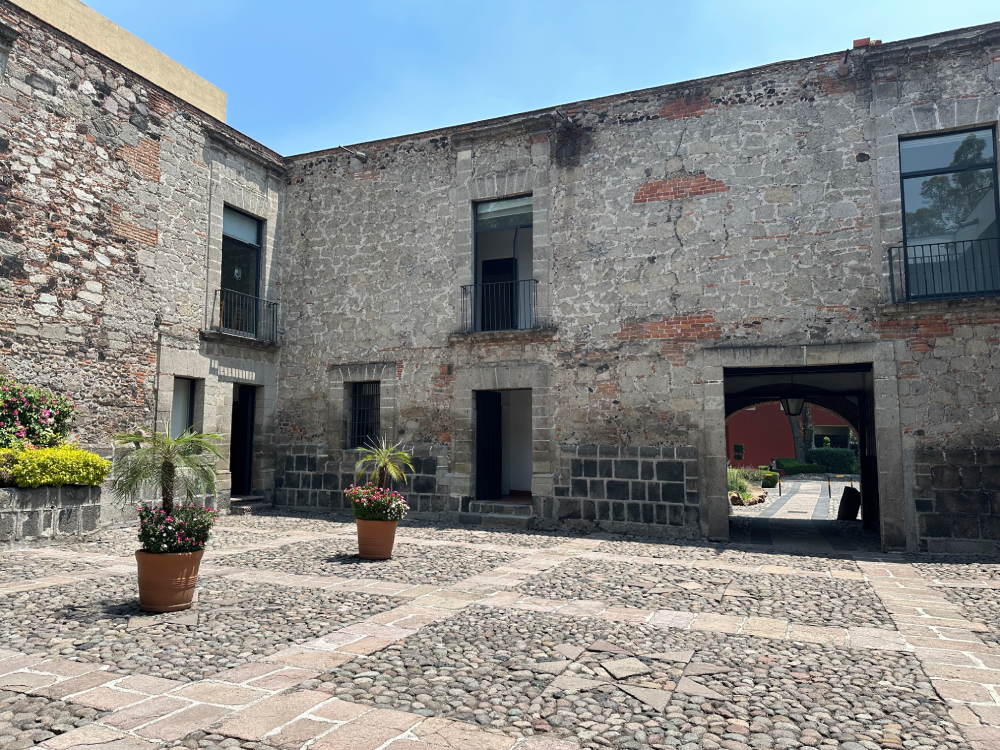
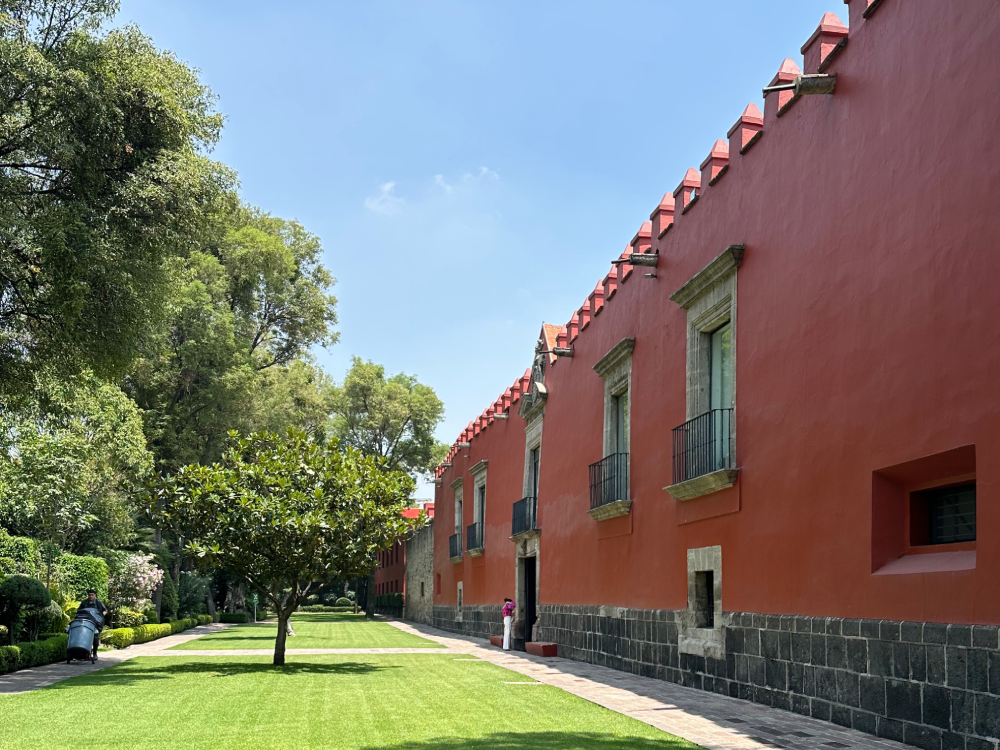
IPADE is the top business school in Latin America. The students coming out of this program will be running Mexico’s largest companies within a decade—as they have since the school’s founding.
AI is already reshaping how business works: faster analysis, infinite drafts, entire workflows rebuilt. But the looks on their faces that final day—when the tools clicked, when the strategies landed—made one thing clear: their futures as the country’s next generation of leaders aren’t in doubt.
They won’t just adapt to AI. They’ll direct it.
Bring AI Innovation Week to Your Campus
AI Innovation Week was a hit and I’m thrilled to run it for IPADE again in 2026. If your program wants students who move from using AI to leading it, email cam@actionworks.co.